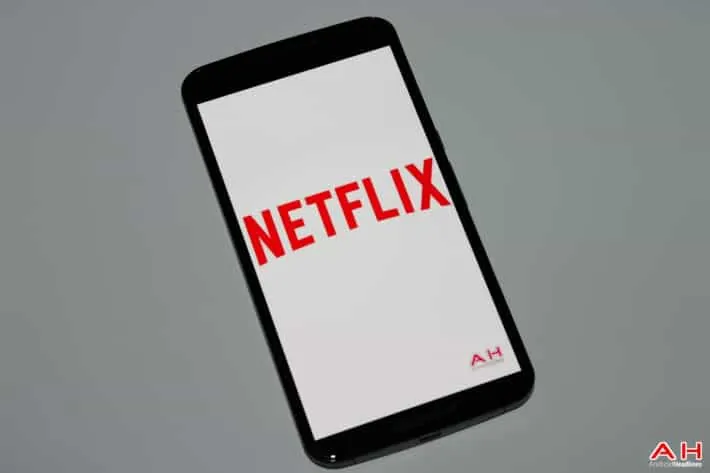It took them a while, but Netflix is finally rolling out the ability to download shows to be watched offline. Naturally, mobile users have this option as well; while many a businessperson travels into Wi-Fi free zones like planes with their laptops, most members of the general public have their smartphone attached to them close to 100% of the time, so the move makes sense. A big caveat there, of course, is the data usage involved in downloading such content. One way of curbing this is by encoding the downloadable media differently, and that’s exactly what Netflix has decided to do. A codec is a standard for assembling and reassembling media like a video in a way that machines can understand, and Netflix will be shifting over to some more efficient ones for download, and eventually for streaming.
Currently, Netflix uses a codec profile called AVCMain, which optimizes on a by-episode basis. AVCMain figures out the best codec or group of codecs to use for a given episode. It gets the job done, but could obviously be more efficient. Dynamic content across the screen can call for drastically different encoding methods to reach peak efficiency, and that’s what Netflix’s new codec profiles are all about. The first, AVC High, is a more dynamically-oriented, higher-quality version of the main codec used by AVCMain. Adding this codec into Netflix’s arsenal alone would help a bit with file sizes, but they’re building an entire profile around it, which includes breaking episodes and movies up into chunks just a few minutes long and having the machine decide how best to serve each one, then delivering them in that form.
The other new codec that they’ll be utilizing, and again building a new profile around, is Google’s own in-house VP9, an open-source creation that handles things a bit differently from AVC-based codecs. Like the AVC High profile, content will be broken into chunks for encoding and delivery to assure proper optimization. Both codecs also promise higher quality streams through dynamic optimization and new sets of variables to look to when optimizing. Both codecs boast a bevy of new features that aid in compression and quality conservation, but the main difference is that AVC High beats the current setup by about 19% in bitrate and is compatible with almost everything, while Google’s VP9 beats the current method by 36%, but is mainly compatible with Android and Chrome, making it the ideal way to serve Android devices and Chromebooks. The new codecs are already being used in downloads, and will be making their way to streaming at an undisclosed time “in the near future”.



